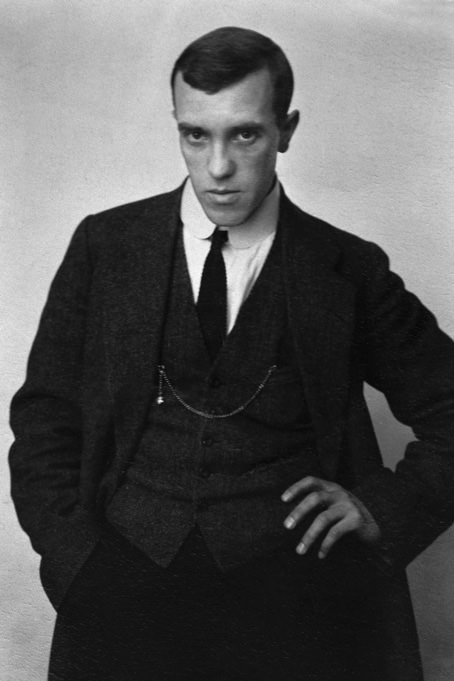

The reproduction of these works without the express written consent of the owner of the works is prohibited.
DownloadWinter Landscape. Norway
It is possible that this winter landscape was also painted near Skotterud, but information on Mägi’s whereabouts on given dates is still spotty.
This is one of the few Mägi paintings where he depicts a winter scene. Some of his works may be plausibly considered to be vernal or autumnal but his paintings do not form a seasonal cycle – it is generally endless summer. We know of at least five winter landscapes from Norway, but not a single one from later periods. In the well-known winter resort of Oberstdorf in autumn 1922, Mägi does also not focus on the snowy slopes of the Alps but on the verdant meadows.
Aesthetic reasons probably explain why he ignores winter. For instance, vegetation on several of his Saaremaa paintings appears frothy and white like a blanket of snow. Working with white paint and covering surfaces in patches of more or less monochrome white appears not to have been problematic for Mägi; especially since a light background enables dramatic contrasts where Mägi emphasizes on several occasions a juxtaposition of red walls of houses and white snowy surfaces. This dramaturgy within the painting focuses above all on the problem of colour tone, part of which is capturing bluish shades and nuances in the snow banks.
As another characteristic feature of a number of winter landscapes, Mägi emphasizes the fluidity of the snow surface, creating a certain dynamic that ties the painting into a compositional whole – quite a departure from the fragmented/hacked composition of his Saaremaa period, the entire painted expanse being divided into small patches of colour. Mägi’s winter landscapes stand out in a compositional sense from all of his other works since they use one colour in such a dominant role and instead of fragmentation, they bespeak a search for unity and harmony. As always, humans are not part of this harmony – the snow is virgin.
The paucity of winter landscapes is probably mostly due to practical considerations. Since Mägi painted outside, the climate was not favourable and as his health deteriorated, the conditions were unacceptable. Mägi’s interest could also be dampened by the lack of colour in winter landscapes, the fact that the life force is dormant and the dramatism that would at other seasons be found in running sap being supplanted by more of a still life.
The reproduction of these works without the express written consent of the owner of the works is prohibited.

